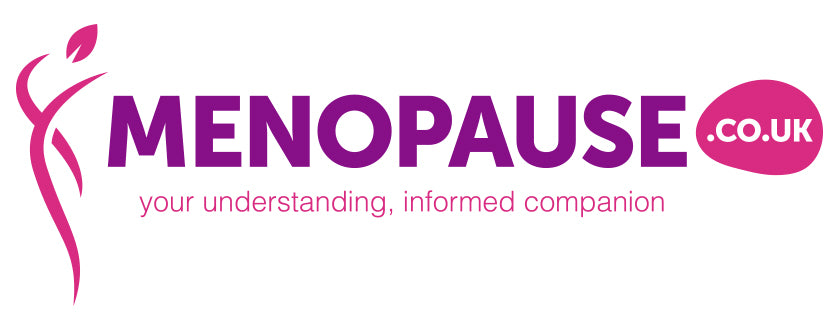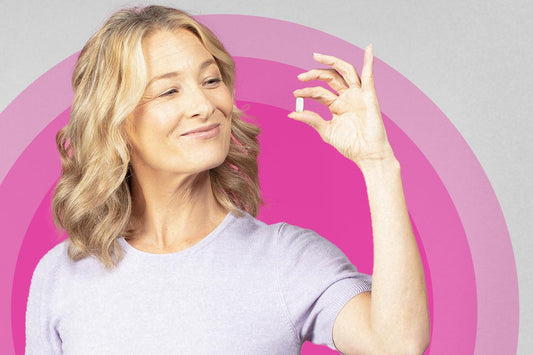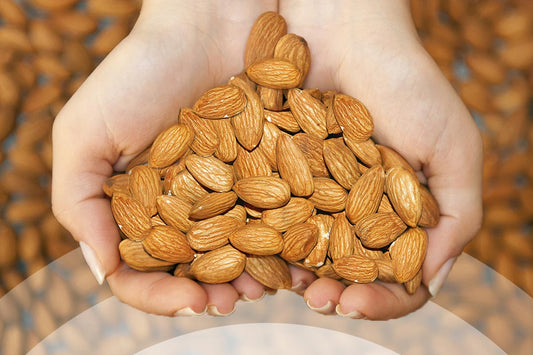What a lot of women are unaware of is that there are different types and levels of HRT and hormone support. The stage where you are at in your life and in menopause will determine which level is best for you.
This is VERY different to the medical approach which tends to slam women with a massive dose of synthetic progesterone (which causes more harm than good in most women) and oestrogen that can really overstimulate our systems and cause several side effects. Although oestrogen supplements are also usually synthetic, they can be prescribed in pump form which allows the dose to be modified.
One of the things I get most excited about these days is being able to support a woman based on exactly where she is in life and her menopause journey. When she needs to move on, we move on.
Here are some examples:
A young woman coming to see me with erratic or heavy periods or PMT does NOT need to go on the pill, which is the standard medical approach. These symptoms are usually caused by oestrogen dominance; taking the pill causes even more oestrogen dominance and a truckload of side effects down the line. Instead, at this stage eliminating the causes of oestrogen dominance is the first port of call. Oestrogen dominance is caused by a variety of things such as stress, toxic chemicals in toiletries (and the environment), too many carbs or poor diet, lack of exercise and gut issues such as SIBO (small intestinal bacterial overgrowth). By looking at all these issues and correcting them we can reduce oestrogen dominance.
At the same time, I look to increase progesterone. We can do this by using a supplement that naturally boosts progesterone, but we can also do it by reducing stress. A little-known fact is that when the body produces the stress hormone, cortisol, it stops making as much progesterone, making it a priority to sort out. Stressors include food intolerances and diet, as well as emotional issues.
Next, let’s look at a woman in her thirties who has had children or a very stressful life with lots of contraceptive use who is now experiencing mood issues, lack of libido, weight gain, low confidence, anxiety, insomnia or period issues. Again, we need to deal with the stress and the oestrogen dominance, but we also need to address how the body is reducing its production of progesterone. Consequently, we can start to add in a drop of bio-identical progesterone on days 14–28 of their cycle. One drop is around 4mg; as you will see later a full dose is anywhere from 100–200mg for a menopausal woman, so we are starting off really low just to give the body some support.
Once perimenopause really kicks in (around mid to late forties) we need to up the dose of the bio-identical hormone and even start using it daily with different amounts according to your cycle. It’s exciting because we are working so uniquely with each woman to get the balance right.
At this stage, the GP would also prescribe oestrogen, but the key signs of perimenopause are massive oestrogen dominance issues and in my experience the oestrogen isn’t needed whilst a woman is still bleeding regularly. The ‘quick’ hot flushes and insomnia are all associated with progesterone deficiency rather than oestrogen deficiency. That tends to come a bit later.
Once periods become unstable and the sweats are frequent, I have usually reached the point I am recommending clients to go to their GP and request ‘Utrogestan’: a version of progesterone identical to the one produced naturally. (Accept NO substitute. EVERYTHING else is fake progesterone and is awful for you.) They will either be prescribed 200mg on days 14–28 or 100mg every day. The GP will also want to prescribe oestrogen at this stage.
For many people using a combination of Utrogestan and oestrogen (used at the right time of menopause and in the right dose) is life changing – but we still work on keeping stress low in the body and also help the liver detox to reduce symptoms. However, for some people (myself included) the Utrogestan just doesn’t cut it. There are a few reasons behind this. It is made with peanut oil and soy lecithin, both of which are common allergens; a gut dysbiosis like SIBO stops the absorption; or because they are SO stressed they need a much higher dose of progesterone, which isn’t offered on the NHS. In these cases I refer them to an amazing specialist who will prescribe a lozenge containing the hormones you need according to a blood test. Sadly, the last option is often expensive and cost prohibitive so I love it when we can sort it out before needing this option, but I adore knowing that there is this option for some people.
Many women cry when I tell them there are so many options because usually by the time they get to me they are at their wits’ end.
If you haven’t got your hormones under control yet, don’t give up. There are so many options.




